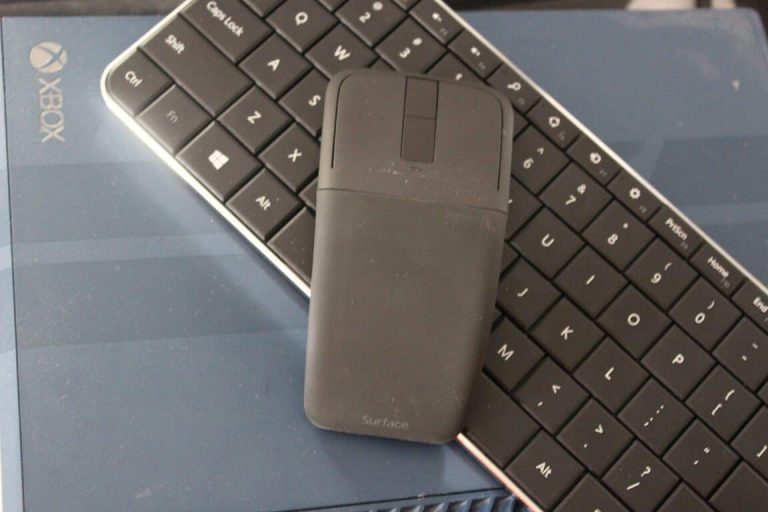Microsoft, along with another OEM’s, is continually attempting to transform the way people interact with their PCs by supporting multiple input options and various mobile use cases, with more creative and flexible industrial design choices.
With Windows 10 and Azure, Microsoft is also embracing a software-backed future where visual recognition, voice input, machine learning and touch supplant the more traditional interactions users are currently having on their PCs.
Hence the birth and the slow rise of the 2-in-1 category of Windows 10 hardware devices as a sector of equipment that is increasingly filling consumer niches while evolving the mindshare of what a PC could and should do for users.
Some, within Microsoft’s ranks, are so entrenched in the evolution of the PC experience that they envision a future where the multitude of input options users will have when interacting with their PCs will eventually stave off their reliance on the last two vestiges of the modern day PC experience, the mouse and keyboard.
The aging 60 plus year-old mouse design may not be in threat of going away anytime soon for “power users,” but many users born into the touch-first era of computing are finding the functionality of it antiquated and Microsoft’s chief envisioning officer Dave Coplin believes the QWERTY keyboard isn’t long for this world either.
In an interview with the Evening Standard, Coplin expounds on the newer technologies that he believes will and should have already supplanted the QWERTY keyboard.
We have these amazing computers that we essentially use like we’re still Victorians. The Qwerty keyboard is a great example of an old design being brought forward to modern day. We’ve not really evolved. We still use this sub-optimal design.
We’re looking at technologies now like voice and gesture recognition, and facial tracking that may make the keyboard redundant.”
Coplin seems to be following the sentiments expressed during Satya Nadella’s recent keynote at Ignite 2016, indicating a future where computers imbued with software backed by machine learning and support for multi-input options will become a far more immersive experience for users than the seemingly detached state of mouse and keyboard interactions.’
In conjunction with his work on Microsoft’s premier digital assistant Cortana, Coplin also believes the rise of chatbots will also help usher in a future where users will spend less time utilizing QWERTY keyboards, even if it’s only fractions of a second, with AI assistants doing the algorithmic equivalent of typed searches instead.
Artificially intelligent assistants working within set rules — will also be used more widely to cut down web browsing time for tasks such as shopping and booking holidays.”
While it may seem the tech industry has been chasing the fever dreamed user interface experience displayed in Steven Spielberg’s Minority Report for some time now, technology such as Intel’s RealSense Cameras and Microsoft’s voice-enabled assistant Cortana of AR headset Hololens are enabling developers to inch even close to making those concepts a reality.
Just as an observation, nowhere in that movie did its main character use the good ol’ QWERTY keyboard either, perhaps Coplin is on to something.


